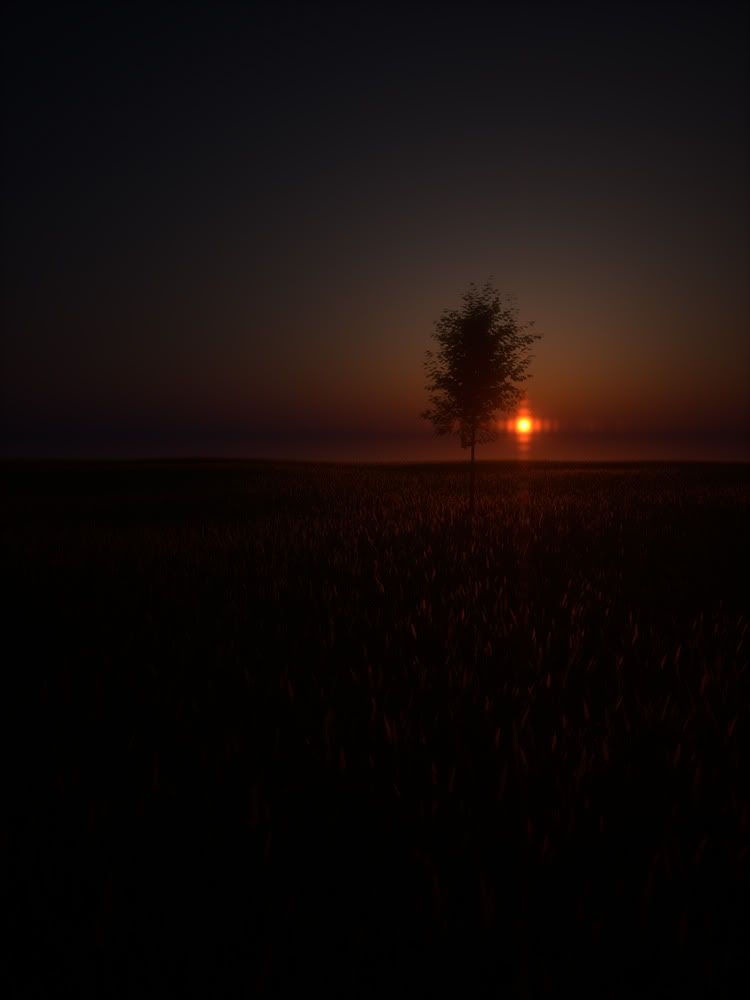bjorn.syse wrote:However, the new SSS material system is very useful compared to the last one. Sure, the presets are gone, but hey - in 1.7 the presets were crucial. In my opinion, there was not much to be done except using the presets - that's how counter-intuitive the parameters were. In 2.0, all I had to do was to read the manual on the subject, do a few tests and after 30 minutes I knew exactly what to change to achieve a certain result.
That's great you hearing the new wizard is as easy as we planned it to be.
bjorn.syse wrote:Think I'm gonna have to substitute all my SSS materials for frosted glass to get them to ever clear.

It's a fact real physically correct SSS is always many times slower comparing to anything else. Besides, Maxwell SSS is fully volumetric. This means, it's not faking the translucent look only on the surface like others do and it's very easy to prove that. Because, Maxwell SSS is able to simulate transparency in the thin parts and not just faking a waxy look. But, of course we hear you about the speed and we're working hard to improve and bring it to another level.
If today, it's still slower than you expected, it's because we will never add bias to Maxwell because we know it must calculate it correctly first, the speed comes next. Until then, I'd suggest you to play a bit more friendly with SSS. Otherwise, it's always very easy to make the engine suffer about anything. I could place a displacement with gazillion precision or put all emitters behind glasses and so on... It's always partially under user's control to reach the goal. In this perspective, I suggest the following for SSS users:
- Avoid non-uniform illumination as much as possible such as, directional lights (small and/or far emitters).
- Avoid low attenuation and/or high scattering in relative to object's size.
- Avoid trapping SSS object behind other dielectrics such as those tiny bottles in your example. This means SSS is trying to scatter the caustics and it receives no direct lighting. It's a very hard condition and it will take time and it will be more than you expect. Even if you have to, use Thomas's liquid+glass model as your modeling strategy.
- The best lighting strategy would be a uniform HDR and/or large emitters. It will always clear up lots of times faster than any other condition. Meanwhile, we're already working on improving the other conditions and to make it more efficient at 100% same quality and physical correctness.
Here are some examples, I've done during the testing phase:
















 - By Gaspare Buonsante 20200309160206
- By Gaspare Buonsante 20200309160206